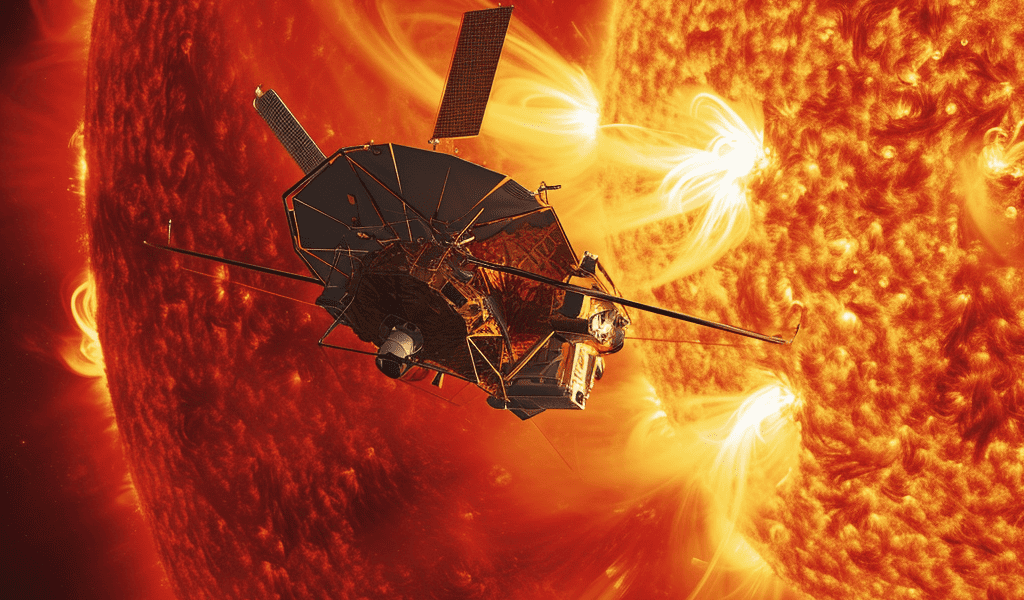On January 8, 2024, NASA’s Parker Solar Probe completed its 18th close approach to the sun, achieving a significant milestone in its mission. The spacecraft approached within 4.51 million miles of the solar surface, matching its own distance record. This close approach, also known as perihelion, occurred at 7:56 p.m. EST, with the probe traveling at a remarkable speed of 394,736 miles per hour around the sun.
The 18th orbit of the Parker Solar Probe marked the midway point in its solar encounter, which began on December 24, 2023, and extended through January 2, 2024. The spacecraft entered the encounter in optimal condition, with all systems functioning normally. Mission operators at the Johns Hopkins Applied Physics Laboratory in Laurel, Maryland, where the probe was designed and built, received a status beacon tone from the spacecraft on January 5, confirming its good health.
The successful completion of this close approach demonstrates the remarkable capabilities of the Parker Solar Probe and the expertise of the mission team. This achievement contributes to our understanding of the sun and its dynamic behavior, providing valuable insights into solar phenomena.
Throughout its mission, the Parker Solar Probe has delivered groundbreaking data and images, enhancing our knowledge of the sun and its influence on the solar system. With each close approach, the spacecraft continues to push the boundaries of solar exploration, setting new records and expanding our scientific understanding of our closest star.
As the Parker Solar Probe continues its mission, it remains at the forefront of solar research, poised to unravel further mysteries and unveil the secrets of the sun, ultimately advancing our understanding of the universe.





